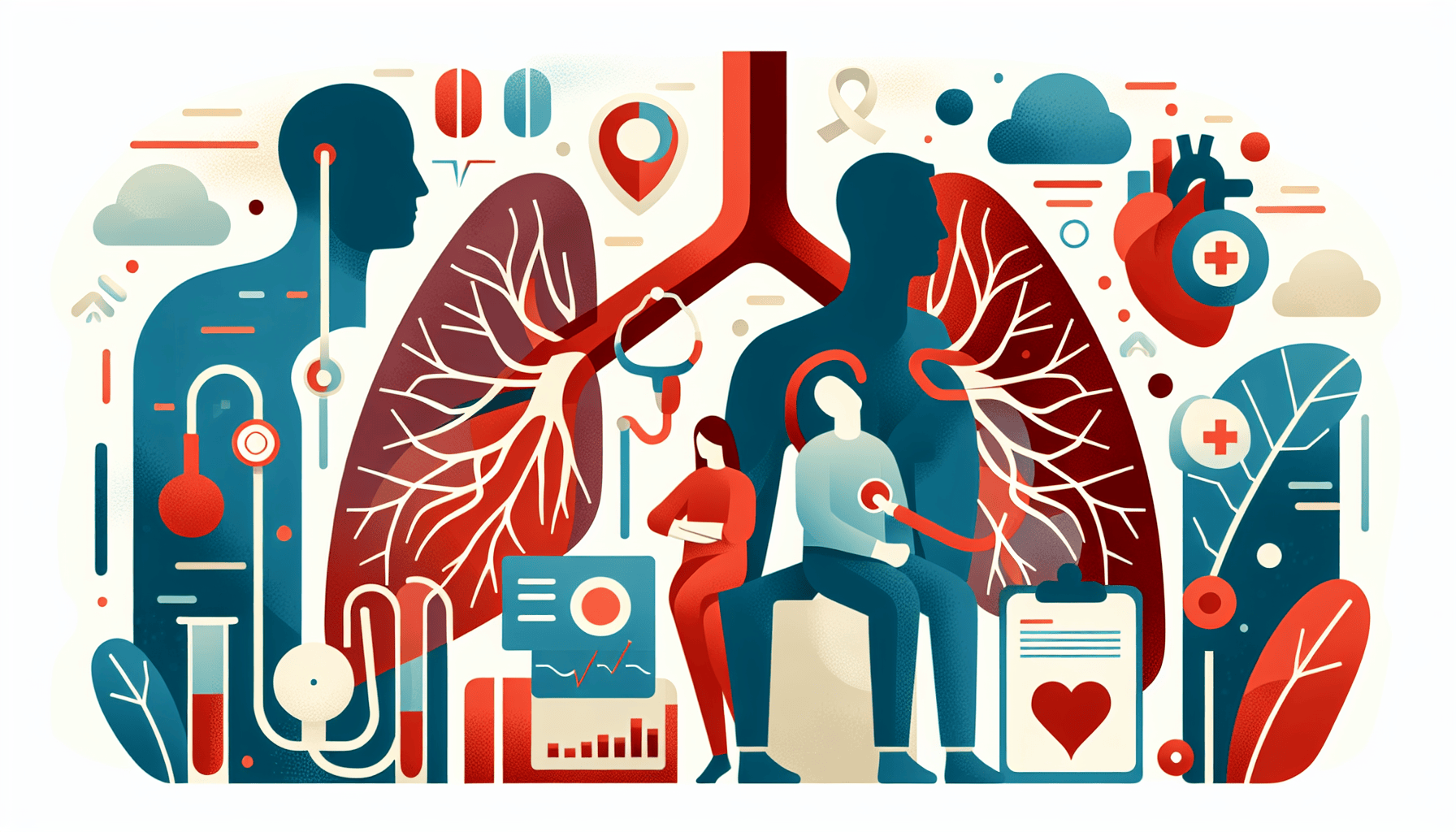Can an AI Doctor Prescribe Antifungal Medication?
Yes, AI doctors can help you get prescription antifungal medications. While the AI itself cannot legally prescribe, AI doctor platforms connect you with licensed physicians [...]
Read More
Medically reviewed by Abhijit Bhattacharyya | MD, PhD, MBA, Tufts University School of Medicine - Miami, Florida on May 30th, 2023.
Pulmonary arterial hypertension (PAH) is a serious condition that affects the arteries in the lungs, making it difficult for blood to flow through them. This increased pressure in the lungs puts extra strain on the heart, which can lead to heart failure if left untreated. While PAH is a life-threatening condition, there are treatments available that can help manage symptoms and improve quality of life.
In some cases, the cause of PAH is unknown (idiopathic pulmonary hypertension). However, several underlying conditions can lead to the development of PAH, including:
Congestive heart failure
Blood clots in the lungs
HIV
Illegal drug use (cocaine or methamphetamine)
Liver disease (cirrhosis)
Autoimmune diseases (lupus, scleroderma, rheumatoid arthritis)
Congenital heart defects
Lung diseases (emphysema, chronic bronchitis, pulmonary fibrosis)
Sleep apnea
The main symptom of PAH is shortness of breath during physical activity, which may worsen over time. Other symptoms include:
Chest pain
Fatigue
Fainting or dizziness
Swelling in the ankles and legs
If you experience symptoms of PAH, your doctor will review your medical history and may order several tests, such as:
Echocardiogram
CT scan
Ventilation-perfusion scan (V/Q scan)
Electrocardiogram (EKG or ECG)
Chest X-ray
Exercise testing
To confirm a diagnosis of PAH, your doctor will perform a right heart catheterization. This procedure involves inserting a catheter into a large vein and guiding it to the right side of the heart to measure the pressure in the pulmonary arteries.

Treatment for PAH varies depending on the individual and the underlying cause of the condition. In addition to treating any underlying conditions, your doctor may recommend:
Oxygen therapy to help with shortness of breath and low oxygen levels
Blood thinners to reduce the risk of blood clots
Calcium channel blockers to lower blood pressure in the lungs and body
Targeted therapies (pills, inhalers, or IV drugs) to open narrowed blood vessels
Lung transplant or atrial septostomy (in severe cases)
Diuretics
Vasodilators
Managing PAH involves staying active, getting plenty of rest, and maintaining a healthy diet. Regular exercise, as recommended by your doctor, can help improve breathing and overall quality of life. It's essential to work closely with your healthcare team to find the best treatment plan for your specific needs.
Remember, while there is no cure for PAH, early diagnosis and proper treatment can slow the progression of the disease and help you live longer. For more information and support, visit the Pulmonary Hypertension Association website, which offers resources, an active online support community, and tips for managing daily life with PAH.
Yes, AI doctors can help you get prescription antifungal medications. While the AI itself cannot legally prescribe, AI doctor platforms connect you with licensed physicians [...]
Read MoreUnderstanding Tirzepatide and Its Role in Diabetes ManagementTirzepatide is an innovative medication that has been gaining significant attention in the treatment of type 2 [...]
Read MoreUnderstanding Tirzepatide and Its EffectsTirzepatide is an innovative medication primarily used to manage type 2 diabetes and support weight loss. It works by mimicking the [...]
Read More